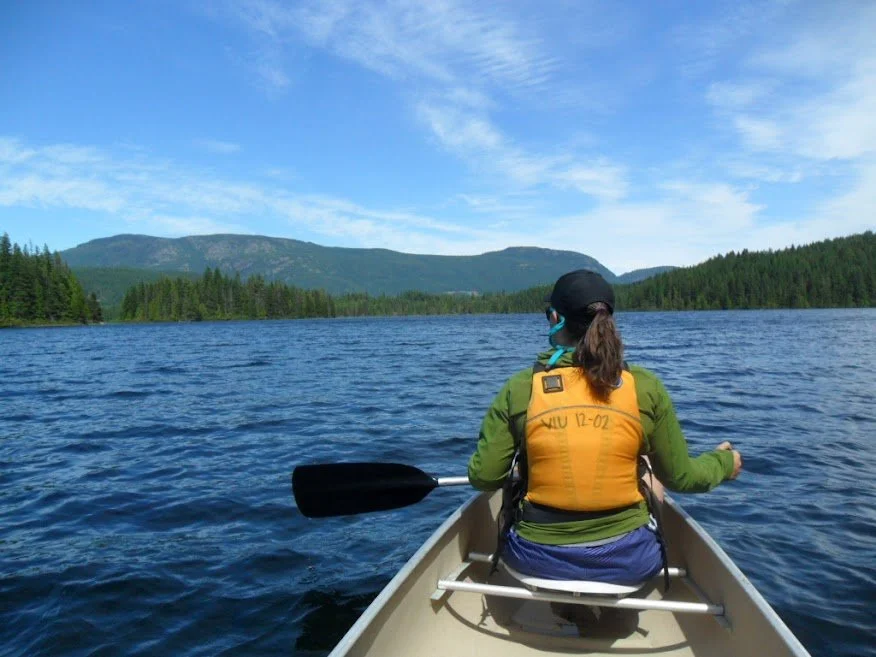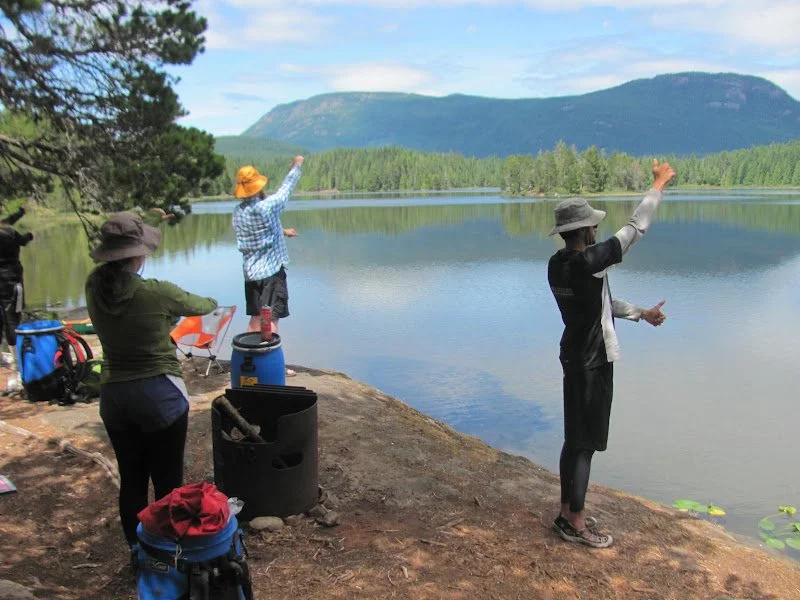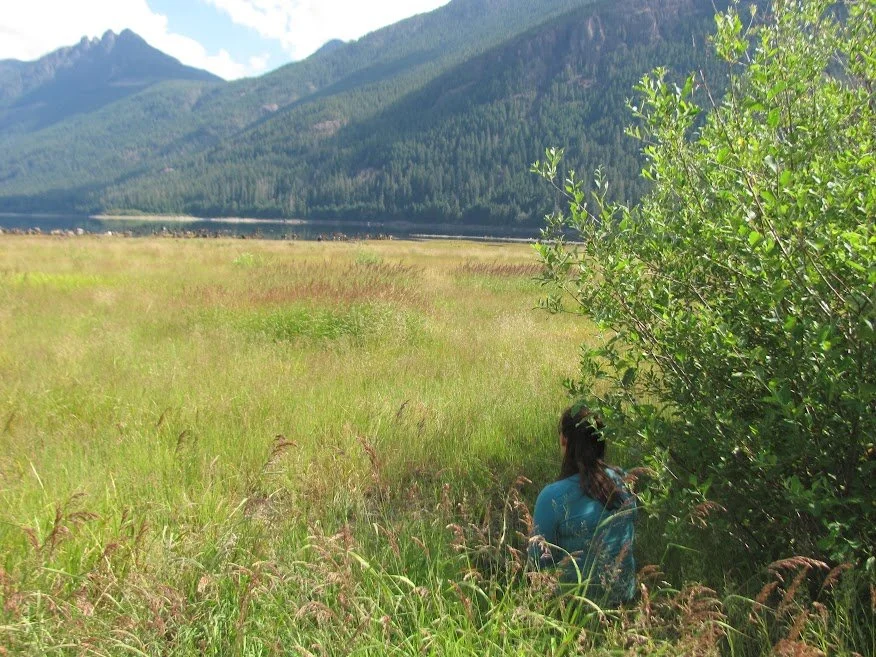Using the Core Routines of Nature Connection
When I was in the final year of my undergraduate degree I had the most amazing opportunity to take a course on the applications of wilderness therapy. The course itself took place primarily over an eleven day backcountry canoe trip in Strathcona Provincial Park. Throughout the course we learned about ways to facilitate wilderness therapy groups and sessions. As well as leadership, group debrief facilitation techniques, backcountry cooking, survival, and canoeing.
A key pillar of our wilderness therapy training was the utilization of the core routines of nature connection as outlined in the book Coyote's Guide to Connecting with Nature by Young, Haas, and McGown. The core routines of nature connection facilitate a strong connection to nature and the environments one finds themselves in. Practicing these routines creates learning habits that when repeated and internalized heighten our connection to the natural world. Which in turn opens us to learning from the natural world, and reconnect with ourselves. Connection to nature is shown to improve and foster resilience, confidence, sensory processing, attention, mindfulness, mental health, and wellbeing.
Throughout the course the core routines we practiced every day were maps of the day, expanding sensory awareness, learning the language of birds, exploring field guides, story of the day, and sit spots. While I enjoyed and found benefits from all of these routines, the one that I found the most impactful was sit spots.
Practicing sensory expansion
To find our sit spot we began with wandering, this is another core routine to connect with nature. We wandered with no aim or purpose until we found a spot that felt good to us, trying out as many spots as we needed until we found the right one. Once a spot had been selected the next step was to go through a sensory expanding routine and mindfulness practice. After this we spent time in our spot to just sit, taking in everything around us and within ourselves. This was a unique experience to every person, as everyone had a different spot, and a different personal/ emotional experience during their time in their spot. For myself, the first time I went to my sit spot for thirty minutes straight was the first time in months I was able to process some of the stress and grief I had been experiencing for months leading up to this course at work. It was the first time I was completely disconnected from my work and my clients in years. The realization that I was deeply worried about the wellbeing of some of my clients and had no way of knowing how they were faring until I got back home in two weeks; along with the fact that I did not feel like I had the support to help these individuals when working all came crashing down on me.
I’ve never really experienced that level of emotional clarity at once, it felt like a tidal wave of grief, fear, anxiety, and stress crashing over me with unbelievable force. If I had never been able to identify these feelings I had been burying down each day so I could show up for the youth I worked with, I would have never been able to work through it. Beyond working through it, once I could identify what was happening, when I returned home I could go to my manager and identify exactly what I needed and what my clients needed from us.
My sit spot
This experience had a significant impact on me personally, and as a person working in a helping profession. Our connection to nature is a powerful tool, it can open us up as well as heal. I spent the rest of that trip using the core routines to heal and prepare for returning to my job and clients. I am a better professional because of this experience, and more intune with my own feelings, all as a result of taking time to connect with nature.
Some tips for finding and using your own sit spot
-To find your sit spot do not seek out a spot, wander without a set goal and let a place find you
-Connection to nature is ideal, but a sit spot can be anywhere
-Try to return to the same spot every time, repetition and routine will help you enter a state of mindfulness with ease
-Get to know your spot, every twig, ant, shadow and rock, notice at what point you become part of the spot rather than a visitor



